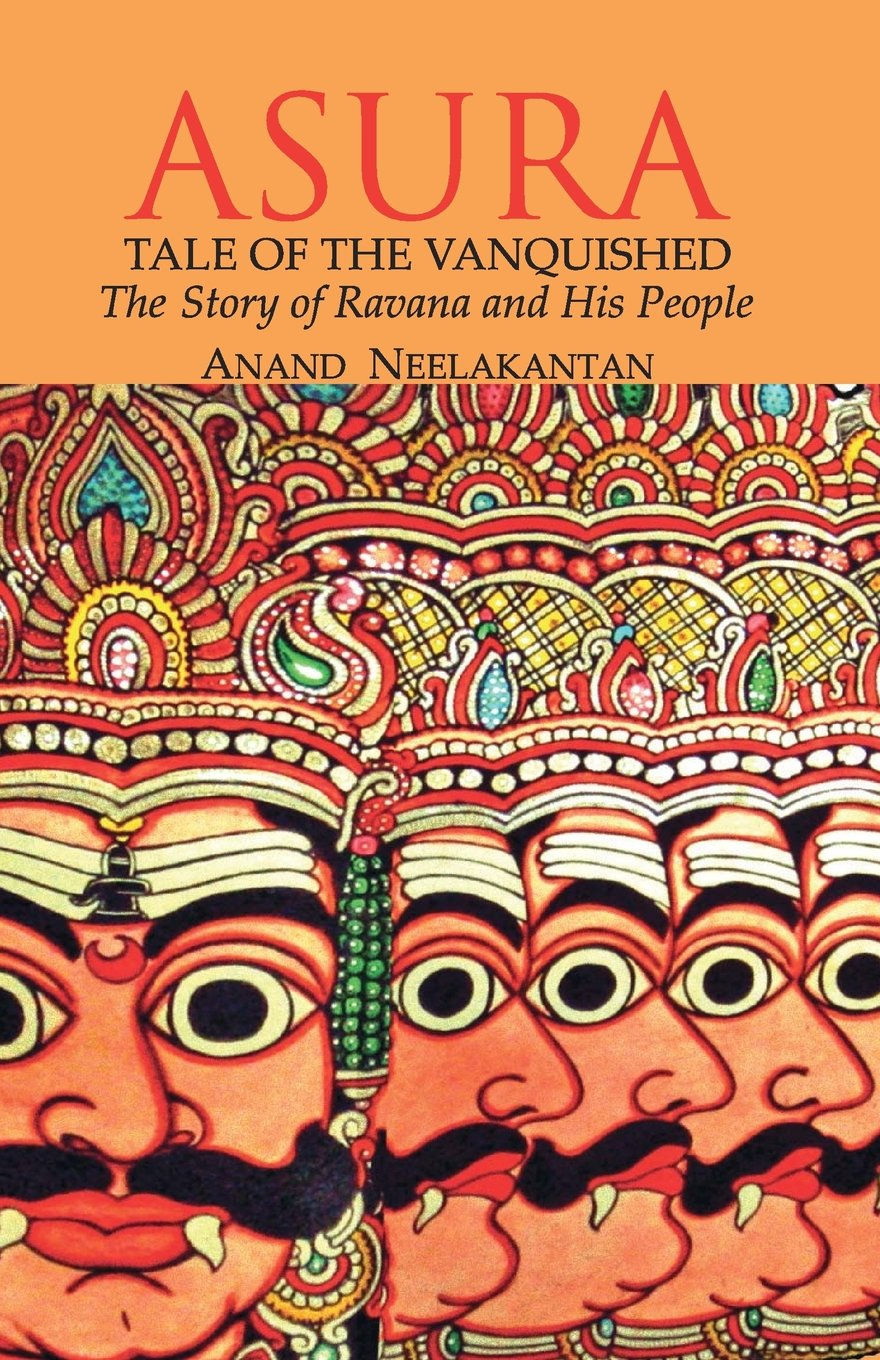The festive season is just around the corner, which calls for an abundance of sweets, new dresses, and exhilarating fireworks. However, for bibliophiles like me, it is yet another occasion to shop for... you got it right—NEW BOOKS!
Diwali, in essence, marks the day when Lord Ram, along with wife Sita and brother Laxman, returned to their kingdom in Ayodhya from a 14-year long exile after defeating Ravana—the Asur of Lanka. Also known as the festival of lights, folks commemorate it by lighting diyas and mark the victory of good over evil. If you wish to delve deeper into the symbolic and historic significance of the festival, click here.
Here is a list of 6 books that skilfully portray the Ramayan from all possible perspectives, along with adding a tinge of modernism at times.
1) The Forest Of Enchantments, by Chitra Banerjee Divakaruni
“It’s hard to tell them apart, what we bring upon ourselves and what destiny determines. They’re as difficult to disentangle as love and sorrow.”

Devi Sita, the devoted and dutiful wife of Lord Ram who was abducted by the demon Ravana. This fundamentally covers up what we know about the daughter of the Earth Goddess. However, Chitra Banerjee Divakaruni beautifully narrates the Ramayana through Sita Ji's eyes, giving depth and layers to each woman in the story. This is quite similar to what she did in the Palace of Illusions, except she keeps getting better at it. The retelling is well crafted and misses out on nothing—from Sita Ji's birth to the exile, and portrays a novel Ramayan that only a few of us are acquainted with.
2) Asura: Tale of the Vanquished, by Anand Neelakantan
“I had lived as Ravana and I would die as Ravana. I did not intend to become Rama, the perfect man and God. There was no dearth of gods in my country. It only lacked men.”

Asura is an engaging story from a rather unconventional viewpoint. Anand Neelakantan retells the Ramayan by using Ravana's voice, which is a magnificent attempt to dig deeper into the complexities of each character. They aren't confined into boxes of black or white, rather the author tries to throw some light on their many nuances. The 500-paged novel often fails to acknowledge certain events, but that just means we get a deeper insight into the Asura's life.
3) Ram: Scion of Ikshvaku, by Amish Tripathi
“But the strange thing about anger is that it is like fire; the more you feed it, the more it grows. It takes a lot of wisdom to know when to let anger go.”

Scion of Ikshvaku happens to be an extremely twisted version of the ancient Ramayan. Amish, a prominent figure in Indian mythological literature, avails himself of excess creative liberty and successfully constructs a story so similar to the epic—yet nothing like it. One of many alterations in the story happens to be that of Lord Ram: He is neither the celebrated king nor the beloved son that we know him as, instead, what we find is King Dasaratha despising his eldest son and pouring the blame of his misfortunes on Lord Ram. The novel is nothing but a compilation of such variations knit together to form a contrasting version of Ramayana.
4) Sita's Sister, by Kavita Kané
“Privileged did not mean special; just fortunate. And fortunes could change in a flash”

Laxman's wife, who also happened to be Sita's sister, is one of the most overlooked characters in the Ramayan. Kavita Kané skillfully brings Urmila's immense sacrifice to light, reminding us of the several souls who went unnoticed among the divinities and their larger than life experiences. Personally, out of all these versions, this one stood out the most for me, perhaps because of its lesser-known and subdued recital, which provided a fresh approach to the epic.
5) Lanka's Princess by Kavita Kané
Surpanakha, Ravan's famous sister. One whose nose was sliced off by an angry Lakshman and the one who started a war. But was she really just a perpetrator of war? Or was she a victim?

Another masterpiece by Kavita Kané, Lanka's Princess aims to bring to light Surpanakha, Ravana's sister who is often termed as the perpetrator of the animosity between Lord Ram and Ravana. The author fleshes out Meenakshi's character and her transformation from a thoughtful princess to a vindictive and spiteful devil called Surpanakha. This is yet another retelling that presents us with a refreshing and conflicting perspective of the glorified tale.
6) The Queen's Play
As a chess player, she can play at warfare; as queen, she can be the most potent warrior on the battlefield.

Mandodari, Ravana's queen reinvents the renowned game of chess, in a distinct attempt to engrave her position into a world that celebrates and acknowledges only men. Ashish Kaul provides an alternate version of the origin of chess and tries to parallel it to the events going on in the outside world. This is a cleverly crafted work that keeps us engrossed till the last page.
Which one do you plan to read? Comment below!
Other book recommendations by us: 5 Books everyone can read


Comments